Seeds of Future Wars
Drawing depicting the victorious nations from the First World War sowing the "Seeds of Future Wars" following the Treaty of Versailles, 1919.
Today 104 years ago, on June 28, 1919, the Treaty of Versailles was signed, officially ending Germany's participation in the First World War.
On November 11, 1918, the Germans had effectively surrendered to the Allies in the Armistice of Compiègne, ending over 4 years of war on the Western Front.
On January 18, 1919 the Allies began their Paris Peace Conference in the Versailles palace to draft the peace terms for post-war Europe, the same place the Germans had forced the French to sign the 1871 Treaty of Versailles, ending the Franco-Prussian War.
By June 1919 the Allies, led by the 'Big Four' - France, Britain, Italy and the U.S.A, had drafted a final treaty, which they handed over to Germany, giving them 5 days to accept the terms of the treaty, threatening to invade Germany if refused.
The treaty was composed of 15 different Parts with a total of 440 Articles. The treaty stripped Germany of 65,000 km² and 8 million citizens. This land was mainly distributed to France, Belgium, Czechoslovakia, Lithuania, Denmark and Poland, the latter accounting for 51,800 km² of territory. Germany's imperial colonies in Africa and Asia were distributed between France, Britain, Belgium, Portugal, Japan, Australia and New Zealand.
The German military was also restricted, demobilized to an Army of just 100,000 soldiers and a Navy of 15,000 men. The treaty also prohibited the Germans from having an Air Force at all.
The Germans were to pay for all war reparations and were forced to admit and accept responsibility for causing all losses and damage caused in the war - the so-called War Guilt clause. The reparations amounted to the equivalence of $442 billion, €389 billion or £284 billion in our modern-day, a debt Germany didn't pay off until 2010.
The treaty also established the League of Nations, an international organization for the maintenance of world peace and other issues. Germany wasn't allowed to join until 1926.
⬇️CONTINUED BELOW⬇️

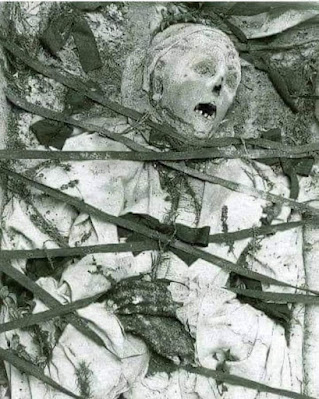
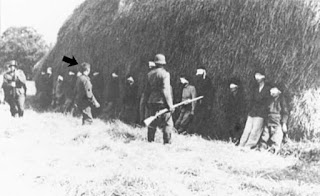

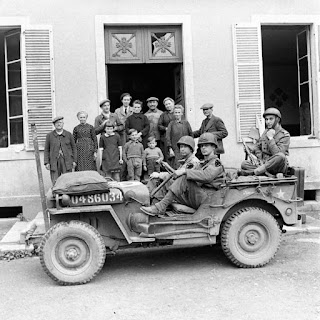



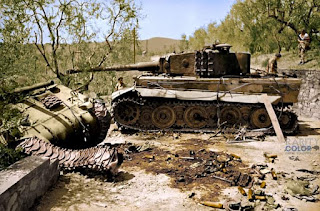
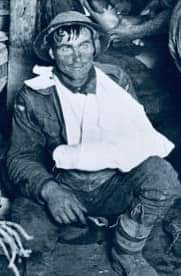
Comments
Post a Comment